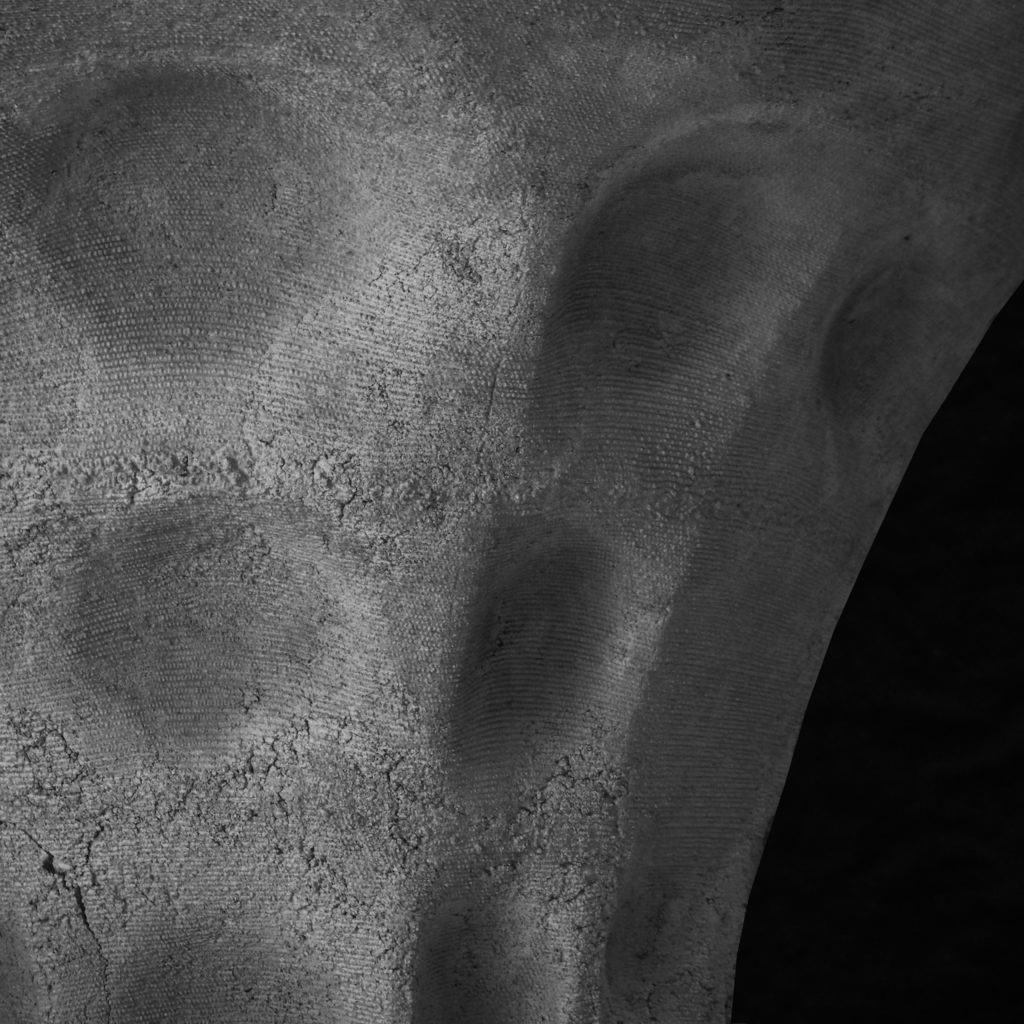
Ornament & Structure
a reconnection to ornament through knitted formwork
The classical ornament has a long tradition of being one of the key elements of a building, designed in close collaboration with a craftsperson, the result would have its unique fingerprint. With the advancement in mass production, ornaments became replicas with no visible craft. This ended up with a strong critique by Adolf Loos in his book Ornament & Crime, 1908, ornament has since then been debated. Today digital technologies have been surfacing in architecture for many years, achieving things we earlier did not find possible. Contemporary ornaments have a strong connection to digital technologies and new fabrication methods, though it is contributing to today’s image consumption society, which may not reflect on its symbolic meaning.
This thesis looks at ornament in a way where digital craft, design freedom, and structure work together. Ornament in architecture used to appear after certain orders and had a strong symbolic meaning. Today contemporary ornament lacks a clear definition and appears in many different shapes. This thesis takes its standpoint out of structural and tectonic aspects, where structural elements become ornamental, and the structure can benefit from the ornamental features. How structures could evolve and be developed through ornaments. The theoretical definition of ornament has based its perspective on texts on contemporary ornament.
The thesis uses knitted formwork for casting concrete as a fabrication method. The focus is on the column as a design archetype. As a demonstration is an example of the column produced on a larger scale, as well implemented in an architectural context. The use of knitted structures demonstrates how the formwork interacts with the form and becomes part of the final expression in a way where structure and ornament meet and become an argument from design.